Ancient curse and Raj's paranoiac architecture eclipse future Pakistan
.
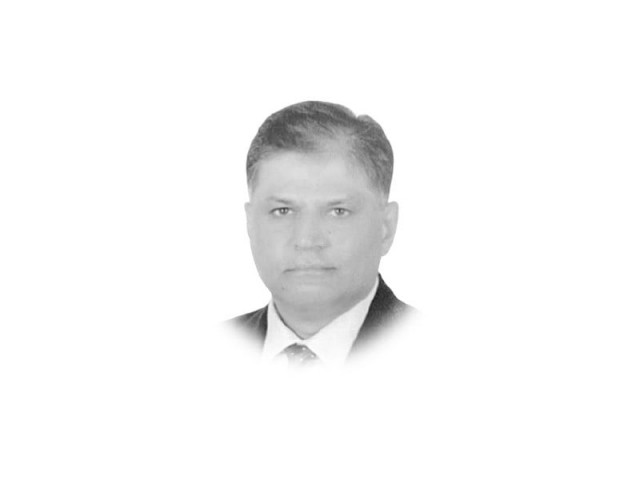
One ought to remain optimistic about the future, for living in despair is neither noble nor productive. Yet, Pakistan suffers from what I call a 'self-inflicted syndrome', lurching from one crisis to another, dogged by poor governance. Each crisis corrodes sociopolitical cohesion and economic gains — one step forward, two steps back.
We identify as Punjabi, Sindhi, Pathan, Balochi or Bengali, and there is nothing inherently wrong with that. Mohajirs, meanwhile, sacrificed their ancestral homes for the dream of an Islamic utopia in Jinnah's Pakistan. No one wishes to be fully identified as Pakistani — yet. It echoes with secessionist slogans: Greater Balochistan, Pakhtunistan, Sindhudesh, while Bengal parted ways barely three decades into Pakistan's existence.
Why? Because we never truly addressed the root causes of our troubles. Governments were sacked during actual or manufactured crises, conveniently attributed to "political instability" or "inefficiency-corruption", only to fade without remorse or genuine accountability. The same actors resurfaced, the system remained intact, and the spiral continued. To understand our afflictions, we must trace their rhizomes.
Humans entered ancient India from Africa and dispersed in the coastal areas some 65,000 years ago, followed by Iranian hunter-gatherers/farmers who settled in coastal Balochistan around 9,000 years ago. If any group can claim to be true 'sons of the soil', it is the Brahui/Balochis, who hold a stronger historical claim than others in Pakistan today.
The Indus Valley Civilisation (3300 BCE) was shaped in present-day Pakistan. Though relatively egalitarian, kinship-based stratification existed, yet systemic exploitation was not institutionalised. The arrival of Aryans (1500 BCE) brought a caste-based Vedic varna-jati system, codified by the Mauryan Empire (322-185 BCE). It laid the foundation of what I term the 'Ancient Curse' — a caste-engineered eternal contempt and poverty, which shaped the social fabric of this region.
Islamic rule (1206-1857 CE) mirrored ancient Hindu divisions: Ashraf (elites), Ajlaf (commoners) and Arzal (low-caste converts relegated to sanitation) in Mughal-influenced areas, later laced with the British class system. Elsewhere, society operated in Punjab through biradari networks; in Bengal on linguistic and cultural lines; in NWFP and Balochistan through tribal structures; and in Sindh through sufi traditions, tribal affiliations, dictated by the wadero system.
The Mughals, however, maintained an urban-ruler equilibrium; zamindars, jaghirdars and mansabdars without landownership were constrained from building feudal fiefdoms. Peasants and kammis were spared outright tyranny.
Then came the British (1600-1947), initially for trade but ultimately occupying Mughal India with extreme cruelty. They imposed extortive policies that led to deindustrialisation, reducing India to impoverished agrarian labourers with minimal skills or capital. Once a global economic giant contributing 25-35% of world GDP (1-1700 CE), Mughal India collapsed to a mere 3% by 1947 (per Maddison estimates).
Profound grievances were rooted in the British's cruel economic extraction, discrimination, high taxes, cultural insensitivity, and neglect of famine victims accumulated over time. However, the onset of the 1857 revolt was triggered by the issue of gun cartridges laced with cow/pig fat by Bengal Army units at Meerut — a paradox of how most revolts erupt from minor provocations.
The revolt was neutralised, of course, with the help of natives. The British Raj was declared, and its paranoia of a fortified empire created closed-loop architecture anchored in loyalist — only those who helped quell the revolt. This rested on three pillars: Revenue Extraction and Proxy Rule — landed-feudal elites granted landownership for control and tax collection; Governance — ethnically filtered Indian Civil Service; and Security — recruits, ethnically selected from landed-feudal families, for the British Indian Army.
The British cemented these pillars through what I call the 'Parent-Child Relationship': Landed-feudal elites (ethnically selected Parents), given vast estates, were required to provide soldiers (Child) for the army and human resources (Child) for the civil service.
British paranoia further localised the landed-feudal base in Punjab. Landholding was limited to 'Agricultural Tribes', disproportionately favouring certain 'Clans; from Rawalpindi, Jhelum and Shahpur districts. In Sindh, and partially in Balochistan, landed-feudal elites were created without the Parent-Child relationship. In NWFP, there were no feudal elites — land was given to military collaborators. While Bengalis were excluded altogether.
British paranoia drove the creation of the British Indian Army, aligned with ethnographic studies (1858-1933), primarily the work of the Peel Commission, Eden Commission, Risley's surveys and Burton's Sindh works. These studies were an intellectual deception, full of self-serving observations and hypotheses, blatantly neglecting facts.
The undignified outcome was the British-concocted concept of 'Martial Races' — only soldiers from Punjab, Frontier and Nepal were deemed fit for military service. The Sindhis and Bengalis were labeled non-martial. Balochis, though warlike, were deemed unreliable due to lack of cohesion.
Accordingly, the British Indian Army was further clanised by recruiting soldiers (Child) disproportionately restricted from the Clans (Parents). About 55% of Muslim officers hailed from these clans, 5-10% from NWFP, while Bengalis were limited to 1% (Services of Indian Officers, 1946; Young, 2005). By 1955, only 5% of Pakistan's army was comprised of Bengalis — a precursor of East Pakistan's 1971 revolt.
Similarly, the Indian Civil Service was also clanised through nominations (Child) from the Clans (Parent), with land patronage extended to officers too. Approximately 24-35% of Muslim civil officers hailed from these districts (India Office List, 1947), less than 2% from NWFP (Sayed, 1958). Bengalis, despite educational achievement, made up only 1.2% (Mazumder, 2003) — also a precursor of East Pakistan's 1971 revolt.
What the British did — no matter how wrong and repugnant — is irrelevant, because it was done to perpetuate their rule in India. Period. The unintended consequences, however, were twofold: Constructively, it shattered the orbit of 'One-Man Rule' forever by introducing political ideology of self-determination, leading to Hindu/Muslim independence movements. Destructively, the British paranoiac mindset/architecture — contemptuous and arrogant toward various ethnicities, politics and collective free democratic rule — became the 'Raj of Future Pakistan'.
Historically, the Indian subcontinent has been transforming over the last sixty-five millennia. Not so long ago, it transformed into two independent countries — India and Pakistan. Sadly, in the near past, it remapped into three countries. Who am I to say that the subcontinent could not undergo further transformation? Only the next millennium will tell.

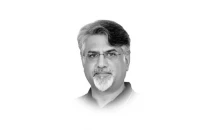
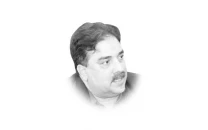








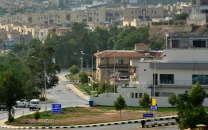
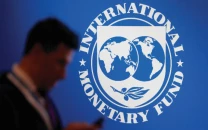

COMMENTS (1)
Comments are moderated and generally will be posted if they are on-topic and not abusive.
For more information, please see our Comments FAQ